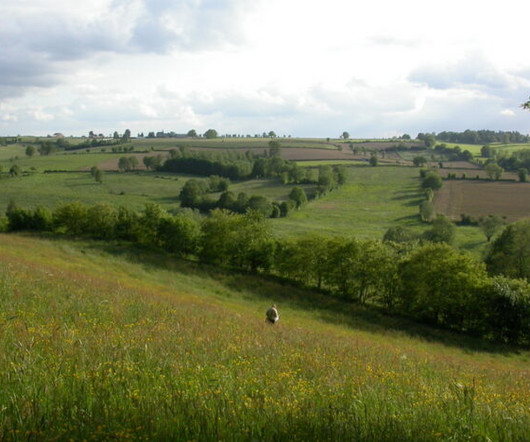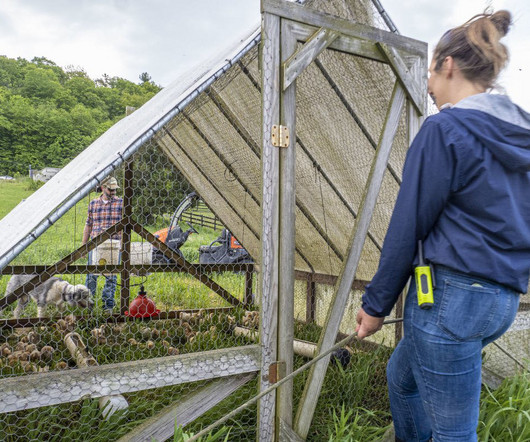Bringing Back Local Milk, Ice Cream, and Cheese
Civil Eats
JULY 2, 2024
From pasture to parlor, its organic, butterfat-rich milk travels less than 10 miles, produced by a herd of Jerseys pasture-raised on the misty coast. However, critics highlight their outsized environmental impact, including excessive water use and pollution caused by concentrated waste, as well as greenhouse gas emissions.











Let's personalize your content